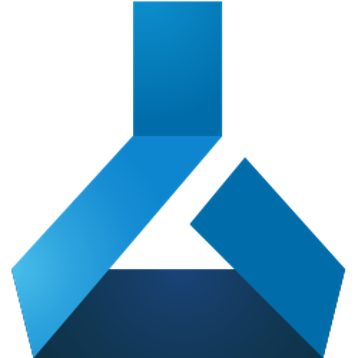Welcome
Contents
Welcome¶
Welcome to the MLOps primer!
This is a miniature training guide to better understand Machine Learning operations (or “MLOps”) with a focus on concept and data drift, all within Azure Machine Learning.
MLOps can often be relegated to “better automation for machine learning”. This is somewhat true, since DevOps practices and automation are foundational for MLOps workflows. But a critical part of keeping a model healthy or “in production” is focusing on processes around concept and data drift.
To a business user, this can feel a foreign concept. However, it essentially asks: “how is the data changing from the original assumptions that trained the model””?
In practice, there are no “one size fit all” best practices (at least, not yet). However, being responsive to changes is half the battle. And this iterative learning approach can lead to processes and practices that sustain ML models in production and continue to serve key business outcomes.
The Structure¶
To illustrate these concepts, we have spun a fictional narrative taking a telecommunication company (PFS Corporation) looking to predict customer churn. We then try to simulate different batches of data from the original dataset to illustrate concepts around concept drift and data drift. Along the way, we highlight capabilities in Azure Machine Learning that support these ideas and practices. As in real life, there is no one way to address changes in the underlying data. More often than not, this exposes the joint responsibility of the MLOps team working in partnership with the business and their data scientists to keep models healthy and productive.
Disclaimers¶
Behind this Jupyter notebook sits a working deployment that can be accessed here. The goal is to ensure individuals can follow along and reproduce similar results. While much development nowadays is notebook-driven, this is biased towards use of the Python SDK through scripts.
Given the focus on Azure Machine Learning, as product capabilities mature, we will look to update this to reflect updates. This content is relevant as of Feb 2022.
